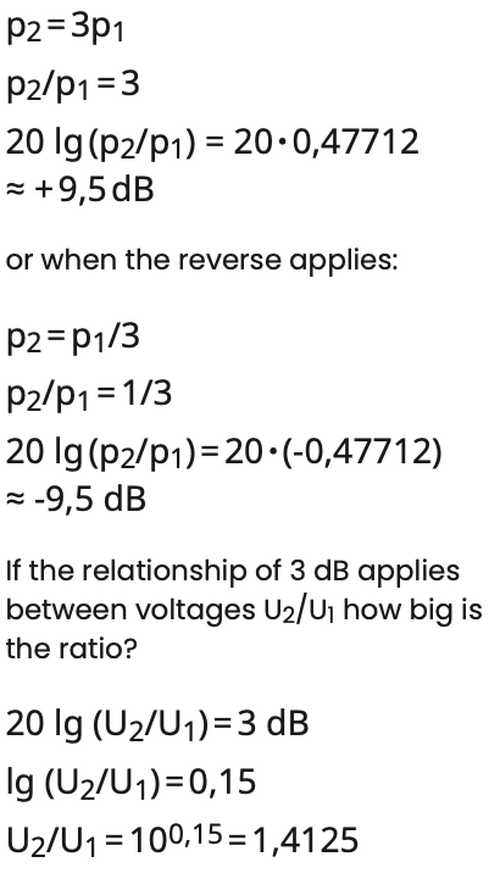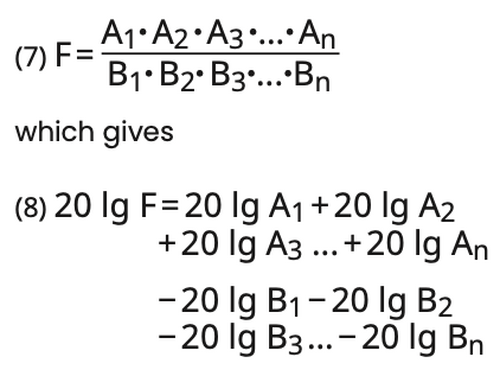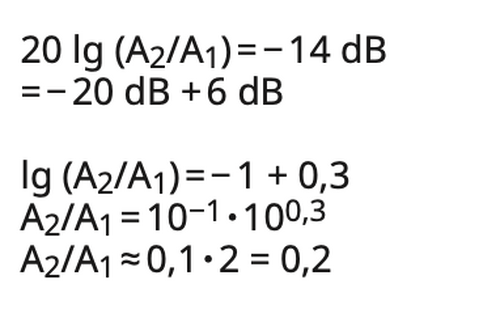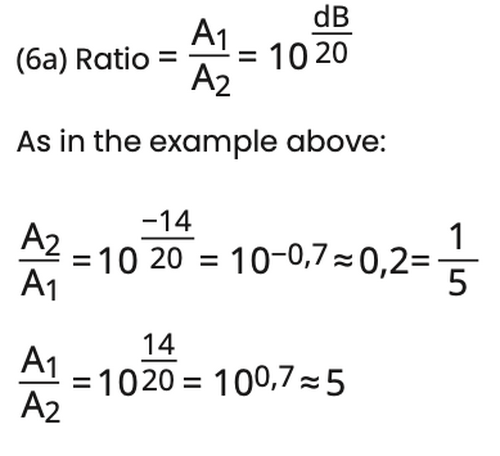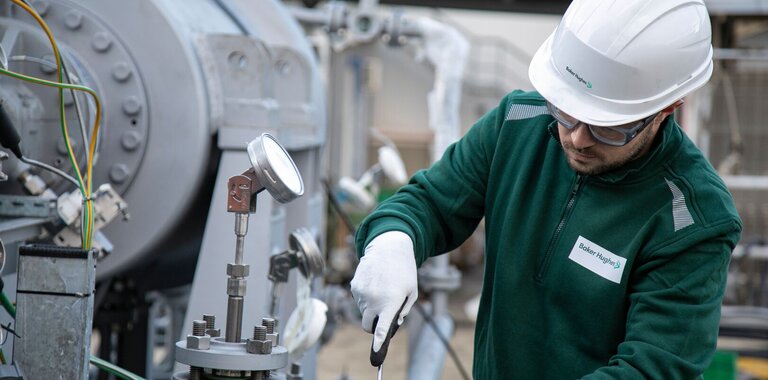
How does the decibel system work in ultrasonic testing of materials?
The precise measurement and analysis of signals are paramount in the field of ultrasonic testing ndt. What's often most important isn't the exact strength of a signal, but rather how it compares to a known reference.
To effectively quantify these relationships, a specialized unit has been developed: the decibel (dB). This system provides a convenient and standardized method for expressing ratios of quantities, particularly when dealing with wide dynamic ranges, which are frequently encountered in ultrasonic applications.
The ultrasonic measuring technique depends on relationships. The ab- solute values of many measuring parameters are not as interesting as are their relative relationship to a reference quantity. In order to be able to give a relationship of quantities one uses a measure especially created for this purpose: the decibel (dB).
Defining the Decibel (dB)
The decibel doesn’t mean anything other than 20 times the decadic logarithm of a ratio. In the ultrasonic technique it is mostly the pressure amplitudes which are compared p2/p1 or also electrical signal volt- ages U2/U1.
An example:
Here is an overview of the most important factors and their typical dB values:

Advantages of Logarithmic Representation
As the dB is a logarithmic value the advantage is offered, when dealing with rational expressions, such as:
When using dB values the multiplication and division in eqn. (7) become simple addition and subtraction.
Which size ratio A2/A1 corresponds to –14 dB?
Or you can use the reverse formula for the dB definition:
Note:
Reversing the sign of the dB value results in the ratio being reversed!
Conclusion
Overall, the decibel system is a valuable asset in ultrasonic testing since it can simplify the representation and calculation of ratios, particularly over large ranges of signal amplitudes. Because complex multiplications and divisions are converted to simple additions and subtractions, the dB scale makes analytical processes easier and data interpretation more understandable.
This logarithmic approach not only provides a standard measure to quantify comparisons but also renders signal changes and attenuations in materials more intuitively conceivable, hence making it of invaluable application in the field.


